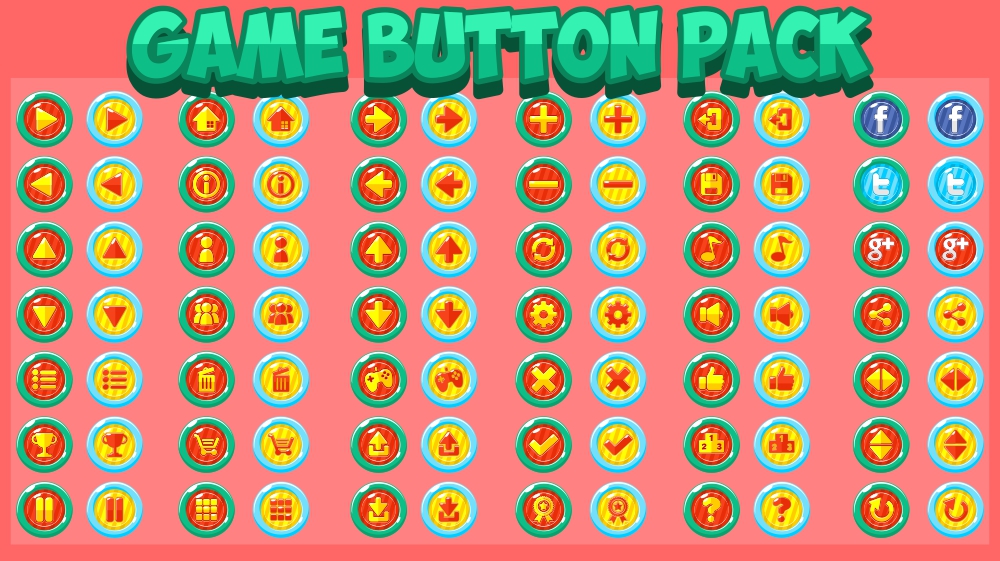

Looks like we got a lot of customs this time, mostly from hansungkee and DMZapp with a few particularly standing out to me, such as kindlypatrick's NES Spring Man stage as well as ThisNameIsTakenByMe's Vileplume in. id(sticky=N+S+E+W, column=0, row=7, columnspan=2)ītn = tkinter.Button(frame, bg=default_color)ītn.Howdy y'all, and sorry for the late-ish update! Everyone's busy today, it seems! Let's jump right in and see what we got here this week. This will create a binding scope from the button to the function itself.įid(row=0, column=0, sticky=N+S+E+W) Simply attach your buttons scope within a lambda function like this:ītn = lambda btn=btn: click(btn) where click(btn) is the function that passes in the button itself. See also How to pass arguments to a Button command in Tkinter? for the general problem of passing arguments to Button callbacks. There's also What do lambda function closures capture?, for a more technical overview.

This problem can be considered a special case of Creating functions in a loop. Is there a way to get the current i value, each iteration, to stick with that particular button? Here is the code: def createGameURLs(self): So it appears the buttons are being made as separate entities, but the i value in the command arguments seem to be all the same. The problem is, say the length is 3, it will create 3 buttons with titles Game 1 through Game 3 but when any of the buttons are pressed the printed value is always 2, the last iteration. So when the function is called from the command value I can tell which button was pressed and act accordingly. And with each loop pass the i count value out as an argument in the command value. I am trying to create buttons in tkinter within a for loop.


 0 kommentar(er)
0 kommentar(er)
